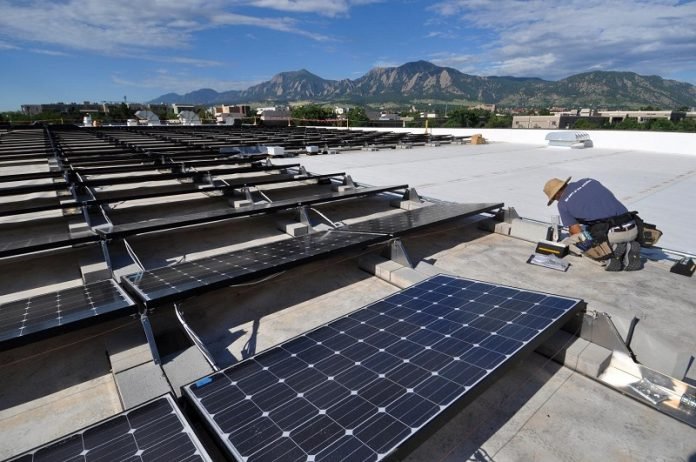
Solar power is about to get a big upgrade, thanks to scientists working on a new kind of solar cell that could change everything.
These new cells are made from a material called perovskite, and they could soon make our solar panels much more powerful and cheaper to produce.
Right now, most solar panels use silicon to turn sunlight into electricity. Silicon is good at this, but it can only use about 22% of the sun’s energy.
That means a lot of sunlight goes to waste. Silicon is also pricey and takes a lot of energy to make.
Enter perovskite. This new material is not only cheaper to make than silicon but it can also turn much more sunlight into electricity.
Scientists are excited because perovskite could make solar panels much more efficient and less expensive.
Michael McGehee, a professor at the University of Colorado Boulder, is one of the people leading the charge.
He and his team, along with researchers from around the world, have discovered a special way to make perovskite solar cells.
This breakthrough could help bring these powerful panels from the lab to our rooftops sooner than we thought.
One cool idea is to stack perovskite cells on top of silicon cells. This “tandem” setup can catch different parts of sunlight, making the whole panel much more efficient—potentially over 50% better than today’s panels!
But there’s a catch. Making perovskite cells is tricky because they don’t like air; it makes them less effective. Until now, scientists had to make them in special boxes filled with a gas that’s not air. This works for experiments but is too hard for making lots of panels.
McGehee’s team found a solution. They added a special ingredient called DMAFo to the perovskite.
This lets them make the cells in regular air without losing performance. Even better, these new cells can last longer before they start to wear out, which has been a big problem with perovskite.
This discovery is a big deal. It means perovskite solar cells are closer to being something we can actually use. They could not only power our homes more efficiently but also be used on things like electric cars, drones, and sailboats, giving them extra energy from the sun.
After years of work, the dream of using perovskite for solar power is almost a reality. With these advancements, the future of solar energy looks brighter than ever.
Source: University of Colorado at Boulder.



